Red birch

One of the specific representatives of a rare tree species with the most limited range is the Red Birch. Due to uncontrolled felling and the lack of measures to preserve this valuable species, the plant is on the verge of extinction, while it is of undoubted benefit for the surrounding nature and humans: birch prevents siltation and waterlogging of lands in the floodplains of local rivers.

Description
The unique Red Birch, also called Yarmolenko's birch, is a medium-sized tree that can grow from 2 to 5 m in height.
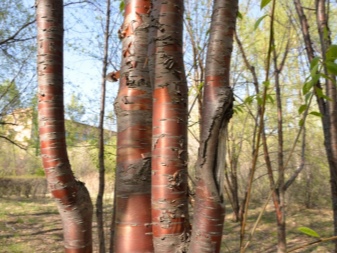
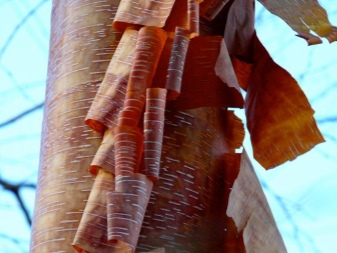
Interesting features of the breed:
- trunk covered with gray-yellow bark;
- shoots of brown or brown color with a red tint, young branches are pubescent and covered with numerous resin outgrowths;
- the leaves of the tree are miniature, ovoid or rhombic in shape, their width is up to 2 cm, and the length is not more than 2.5 cm, about short petioles (approximately 0.6 cm), the leaves are wedge-shaped, have a pointed tip, no more than 5 veins, finely serrate on the sides;
- adult leaves are distinguished by a light lower, bright green upper side and pubescent along the veins;
- during flowering in late spring, the birch is covered with oval and oblong catkins no more than 2 cm long, each fruit has 2 leaves and a fleecy leg;
- the scales of fruits with a narrow plate in the middle are naked, and on their edges there are villi, scales on the sides, shorter and looking up, differ in the shape of an elongated egg;
- fruit nuts with a fluffy top grow wide forward (obovate), the wings are one and a half times larger in width than the seeds.
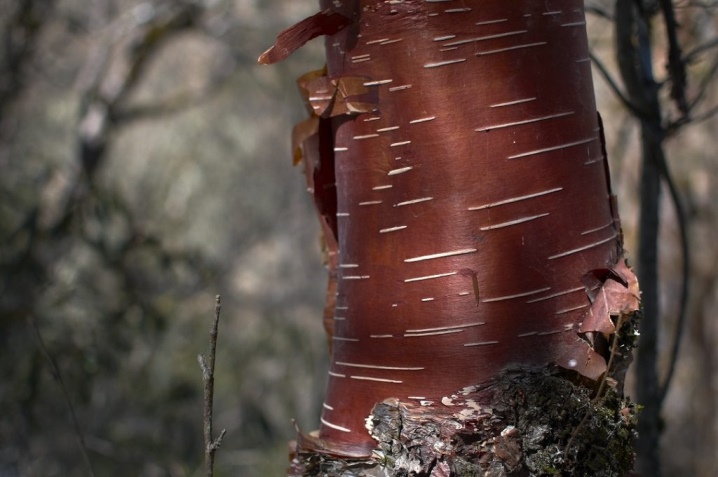
In the south, you can also find a similar tree, this is a birch with red, more precisely burgundy-copper leaves, up to 10 meters high and a crown volume of 3 m.This is a hanging birch, which is always popular with summer residents and owners of private houses.
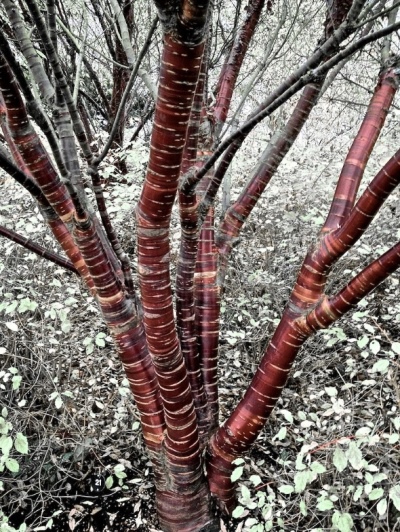
However, both breeds are not very suitable for the middle zone with its cold winters. Young shoots are often frozen over in winter, as a result of which the plant does not grow to its natural height.
Where does it grow?
Yarmolenkovskaya birch (Betula jarmolenkoana Golosk) - endemic, preferring a certain area of growth, very limited in its area. The tree is widespread in the Eastern Pamirs, in the east of the Tien Shan. Its homeland is Central Asia, in particular, the Almaty region of Kazakhstan.
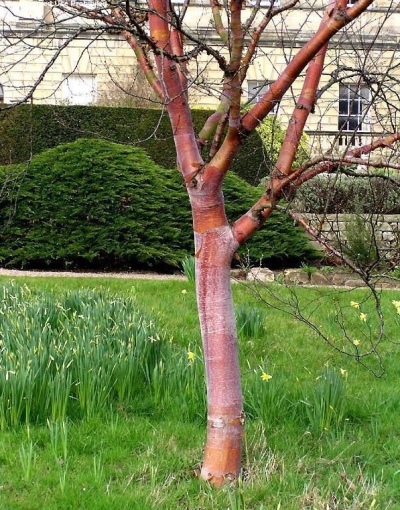
A small number of these rare trees grow in the mountainous regions of the Terskey-Alatau ridge in the territory of the Kazakh Republic. Nearby is the village of Narynkol, which, in fact, is isolated from civilization, due to its location at an altitude of 2 thousand meters above sea level. Thus, The range of the Red Birch is limited by the floodplain lands of two mountain rivers - Bayynkol and Tekes.
In natural conditions with a rather cold climate, this representative of the flora grows practically on stones. The soil for Red Birch is pebble - This is a soil consisting of large fractions of pebbles, as well as sand, crushed stone and gravel, sometimes clay. This land was formed in the course of the movement of mountain rivers, in their coastal part.
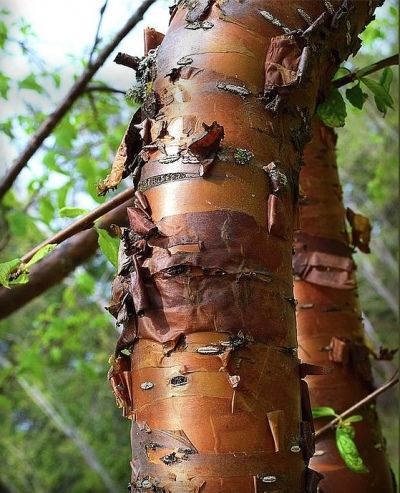
In part, this breed grows on the near-channel part of river valleys with a low content of nitrogen and humus. In other words, these are unsuitable lands for most plants. However, even in such unfavorable conditions, Yarmolenko's birch could continue to survive if people, including local residents, understood the importance of preserving this species.
At the moment, the tree is included in the Red Book, since the plant, if you do not take up the restoration of its natural growth zone, can disappear forever from the face of our planet.

The reasons for the disappearance
The value of the Red Birch is that the tree is able to prevent waterlogging of mountain rivers and the accumulation of any sediments, drawn and suspended, in them. This is important already because reservoirs are sources of clean drinking water. Besides, the tree prevents the destruction of the coastal part of the coast due to severe floods and floods caused by rains or melting snow.
In addition, Yarmolenko's birch has a decorative appearance and may well be used for landscaping city parks, squares and private territories. But the number of these trees is drastically decreasing, and now the question of saving them has arisen, at least in order to preserve them for posterity.

Certain factors have led to this plight.
- These are primarily natural causes. - a harsh climate due to a long cold period, and a remote location of the settlement of Narynkol. Because of this, local residents are forced to stock up on firewood on their own, and therefore the tree listed in the Red Book continues to be subject to illegal felling. The situation is aggravated by the fact that this breed is highly flammable.
- The second no less serious factor in plant death - lack of specially designated areas for grazing domestic animals. The tree population could recover on its own if the cattle did not periodically eat the young growth.
- But the saddest thing is the ignorance of the local population. about the real value of the rare tree they cut down.

Now the Bayynkol forestry, created in 2004, is fighting a barbaric attitude towards the unique birch, but fines and other sanctions do not stop people from destroying entire tracts of this tree. At the moment, it is virtually impossible to find an adult, healthy birch - you can only see stumps with shoots growing on them.
It remains only to call on public figures and statesmen to jointly save the Red Birch from complete destruction. Finally, attempts have been made to create nurseries for the cultivation of Yarmolenkovskaya birch, there were projects on the use of wood for landscaping cities and decorating the botanical gardens of the republic. But so far we still know very little about this unique plant, and under current conditions, its cultivation is not economically profitable.
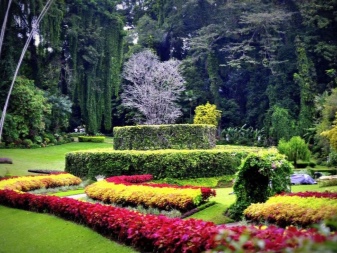
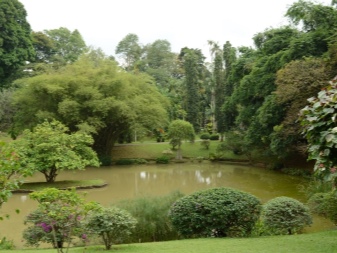
but scientists and ordinary enthusiasts do not give up hope for the restoration of the places where this tree grows. Let's hope that they will be able to break through the wall of misunderstanding, and someday we will be relieved to understand that Red Birch has been saved.
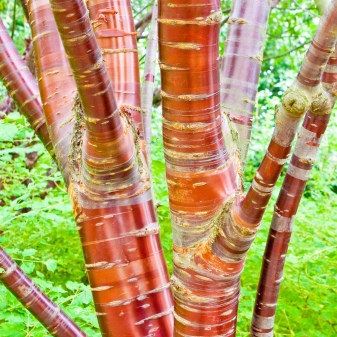
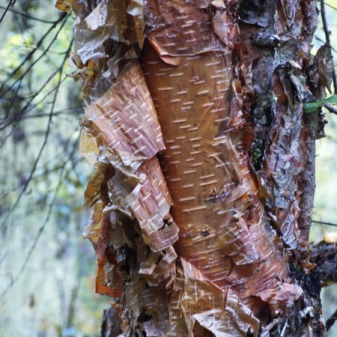
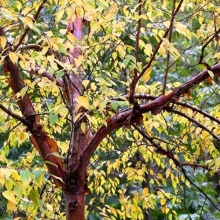
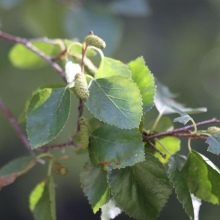
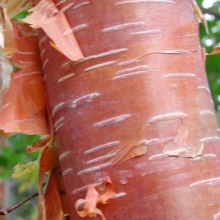



































































The comment was sent successfully.